A wood-burning stove adds welcoming warmth to a room. They are a talking point and can really set a room off by their very nature. Here are a few interior design considerations that incorporate a wood-burning stove.
1 – Making a Statement!
A wood-burning stove will often be a talking point in almost all rooms. But you can really accentuate a wood-burning stove to make a statement if you wish. The Purevision PVR stove, pictured below, is perfect for such, with its 180-degree panoramic ceramic glass window and unique continental look. It can make a statement in a light and airy minimalist-styled room where its unique look only helps draw attention and, at the same time, enhances other parts of the room.
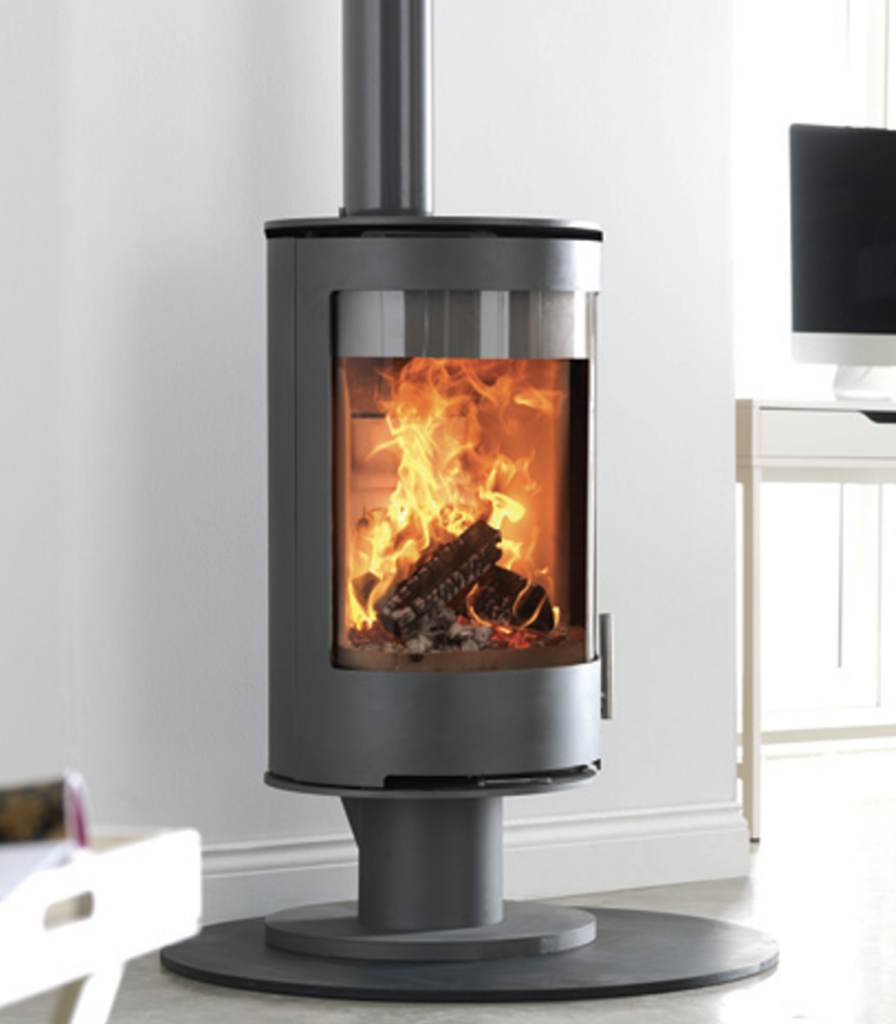
2 – The Great Outdoors
Can the term ‘interior design’ include glamping tents? We think so. Below is our Go Eco Adventurer 5 stove, which is ideal for the ultimate in glamping. You don’t need to be inside to enjoy a stove. This stove will create the ultimate cosy look when glamping. What’s unique about this stove is that you can cook on it, too. What is there not to love about this?
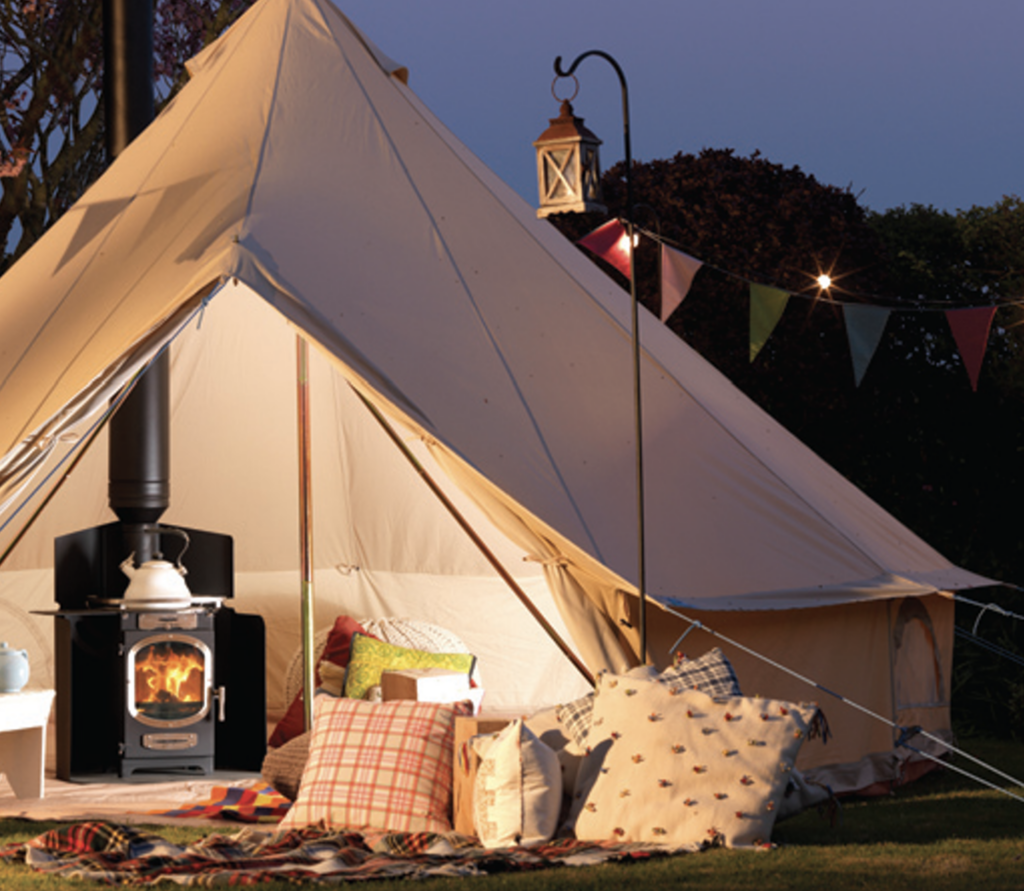
3 – Working with Less Space
Sometimes, space will be at a premium in a home, which is why our Fireline FX5, below, in an inglenook fireplace, can be the perfect solution. You still get to enjoy the look of an authentic wood-burning stove, but the inglenook means the fire is not taking up valuable space, sitting neatly in the recess. An inglenook was traditionally where an open fire would have set. The word inglenook originates from Old English, with ‘ingle’ meaning fireplace and ‘nook’ meaning an area. To establish a real traditional look to your inglenook, you can expose the original bricks if feasible, or the inclusion of a wooden beam mantel can give a real rustic look without using up too much space. You can also tile the back of the inglenook, which, depending on tile choice, can transform the look – be as daring as you wish.
If you have a large inglenook fireplace, you can accessories it with various items from candles to logs – your only limitation, safety considerations aside, is your imagination.
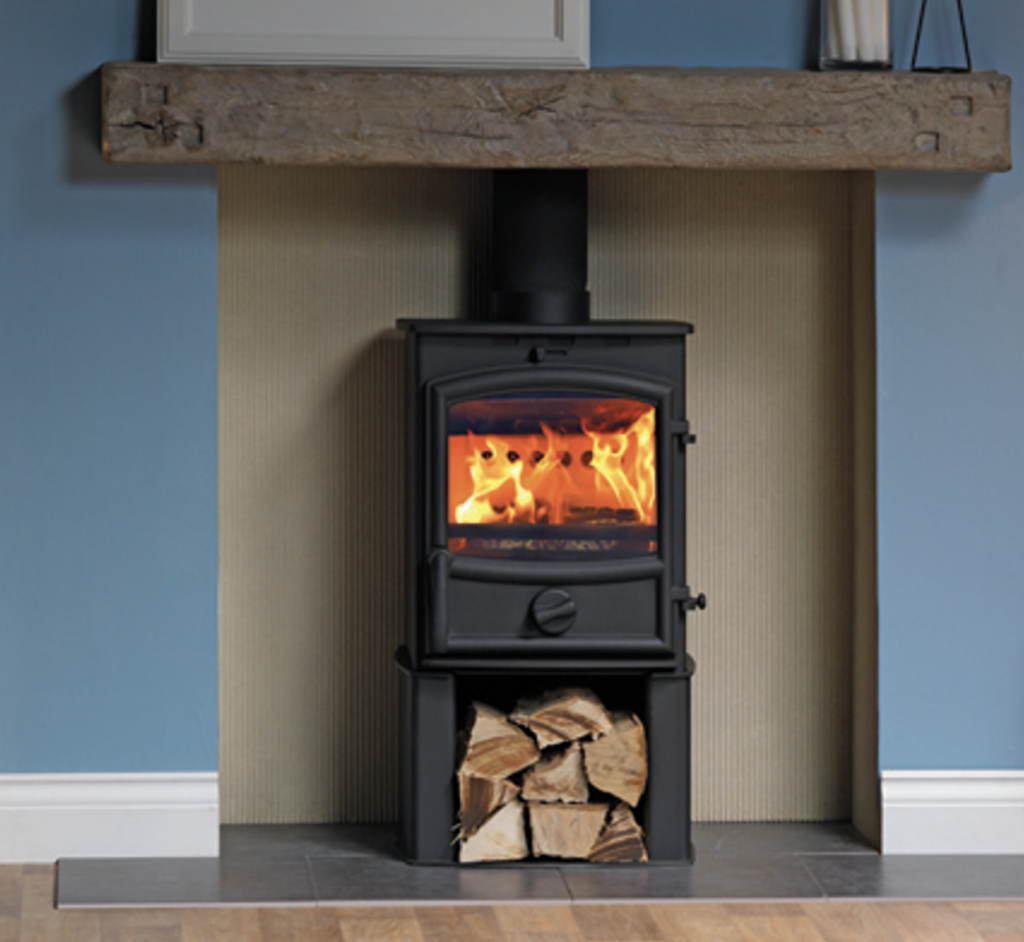
4 – Flush Fitting and Subtle
Our Fireline FPi8 inset stove is a popular selection for those who are limited on space and want a stove inset into the wall. Also known as hole-in-wall fires, these can be a great solution if you don’t have an inglenook fireplace but want a stove that does not intrude into a room. They are also perfect for when you don’t want a stove to play too much of a dominant role in a room, like a PVR stove perhaps would. An inset stove can be quite unobtrusive. As they fit neatly into a wall, the colour of the walls surrounding the stove can be used to help it blend in – or stand out. Lighter wall colours would emphasise the stove, while darker colours would help it blend in more. The flush design also means the flue pipe will not be seen.
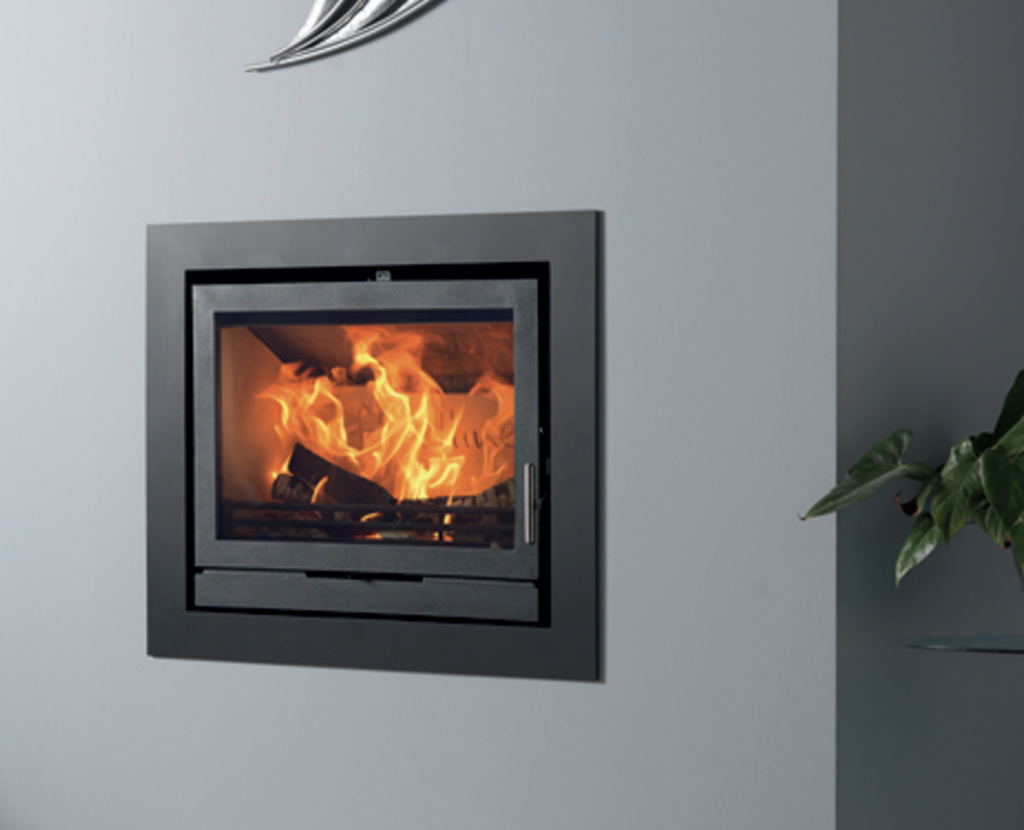
5 – Canopy and discreet adaptions
You don’t always need a radically different stove design to make an impact, especially if you are focusing on subtlety. Below is our Heritage HPV5 with a curved door and canopy on 50mm legs. A canopy, legs, and curved glass can add a traditional look to a stove. The canopy is reminiscent of a bygone era, and such a stove would look at home in a more traditionally styled home. The legs help give a slightly larger look to the stove without taking up any more space.
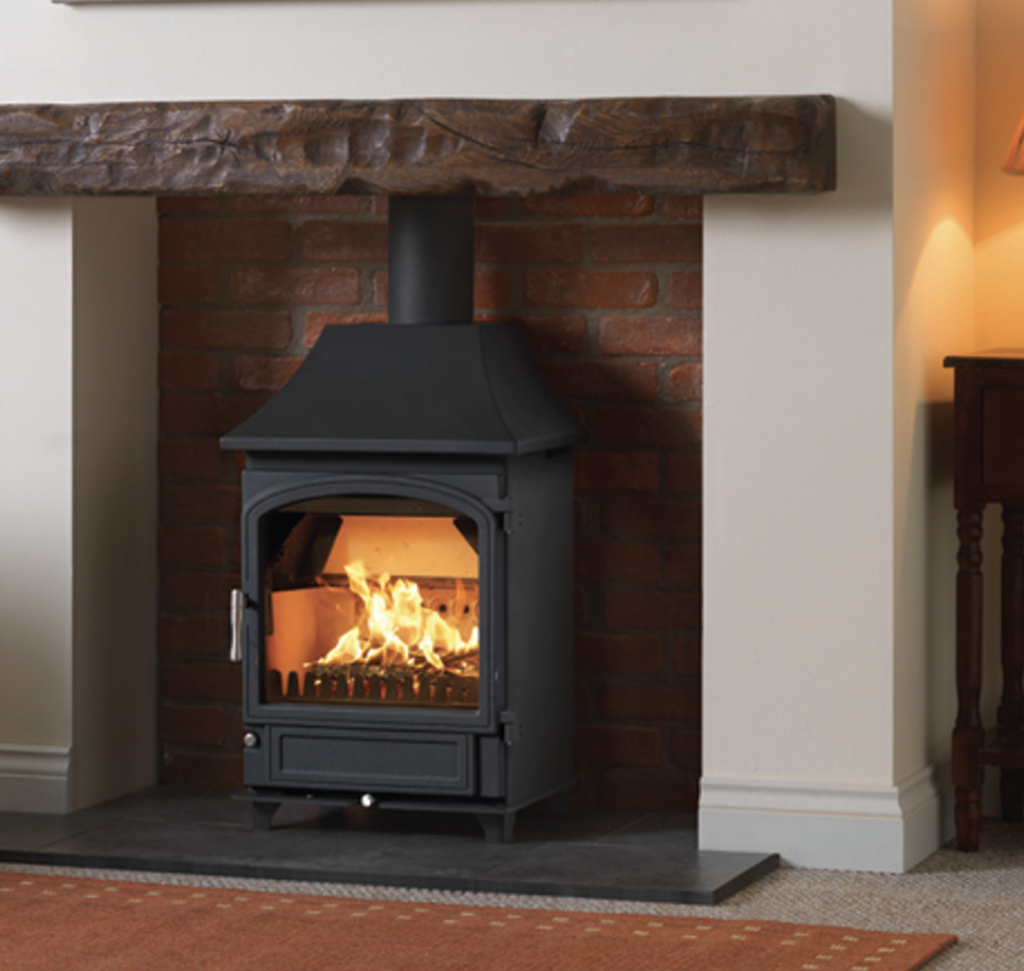
Other considerations
You can use a wood-burning stove to create a distinctive style in a room. Below are further points to consider:
Lighting – fireplace lighting can look great, especially so in an inglenook fireplace. Lights placed at the top of a fireplace can illuminate the entire stove area – creating a true “showcase” look to your fire. It will look incredible, even when it’s not in use. Make sure any lighting is safe for use in an active fireplace.
Wood – If you have an oak mantel above your fire, then consider matching the wood throughout the room to give an incredible wood-themed natural look. The woods will work together to create a warming, cosy room.
Plaster – Older homes don’t need to be perfect. Nor do new homes for that matter. Plastering with a soft, textured, uneven finish can look great around a fireplace – it adds to the character and can give a pleasing, aged look.








